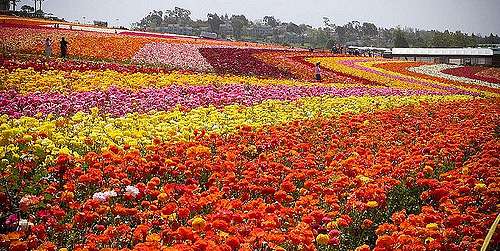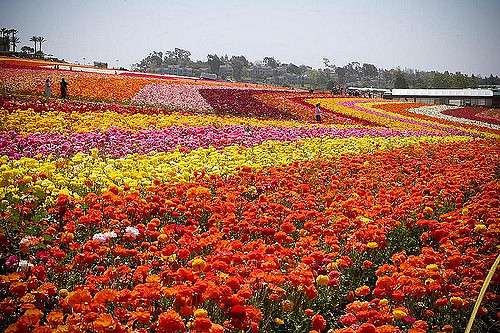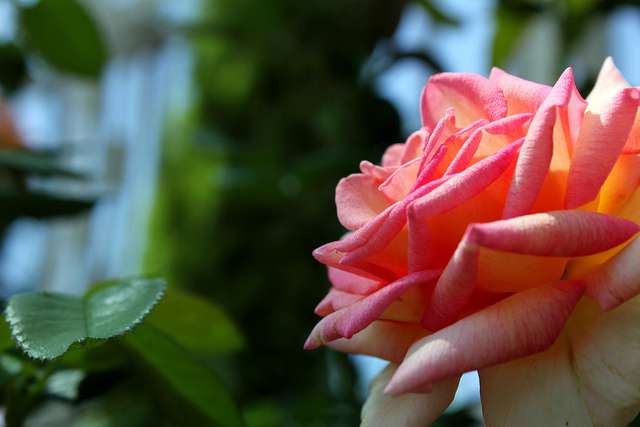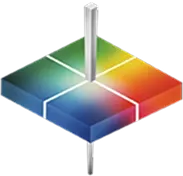
Almost two hundred years have passed since Gregor Mendel discovered that the color of pea blossoms could be controlled through cross-pollination. While the theories he pioneered haven’t changed, the techniques we now use to cultivate specific plant traits have progressed beyond anything Mendel probably imagined.
Consumers might be aware only that professional florists can now guarantee the color of a bouquet more-or-less matches what the customer chooses from a website. But deeper into the supply chain, professional growers bear the primary responsibility of managing plant leaf and flower color. In fact, if you’re a local niche cultivator, you might stay competitive with international growers by offering color nuances that larger operations cannot match1. Portable spectrophotometers are the ideal tool to help both large and small growers meet the challenges that they face in accurately measuring plant color.
Human Color Perception
A primary challenge for professional horticulturalists is that human perception of plant and flower color is a function of multiple variables. These include ambient light, weather conditions, and the prevalence of contrasting or matching colors in nearby plants. These subjective perceptions limit the utility of a simple visual observation of your growing fields2 and can negatively impact the management of some flower species.
An Australian study of yellow-orange flowering plants, for example, revealed that objective quantification of leaf and flower colors with colorimeters improved a cultivator’s ability to distinguish invasive species from desired plantings in growing fields3. The study suggested that using a standard instrument to measure color eliminated biases that can affect human perception.

A variety of factors can make accurate color measurement difficult out-of-doors. Image credit: Flickr user kellinahandbasket (CC BY 2.0)


